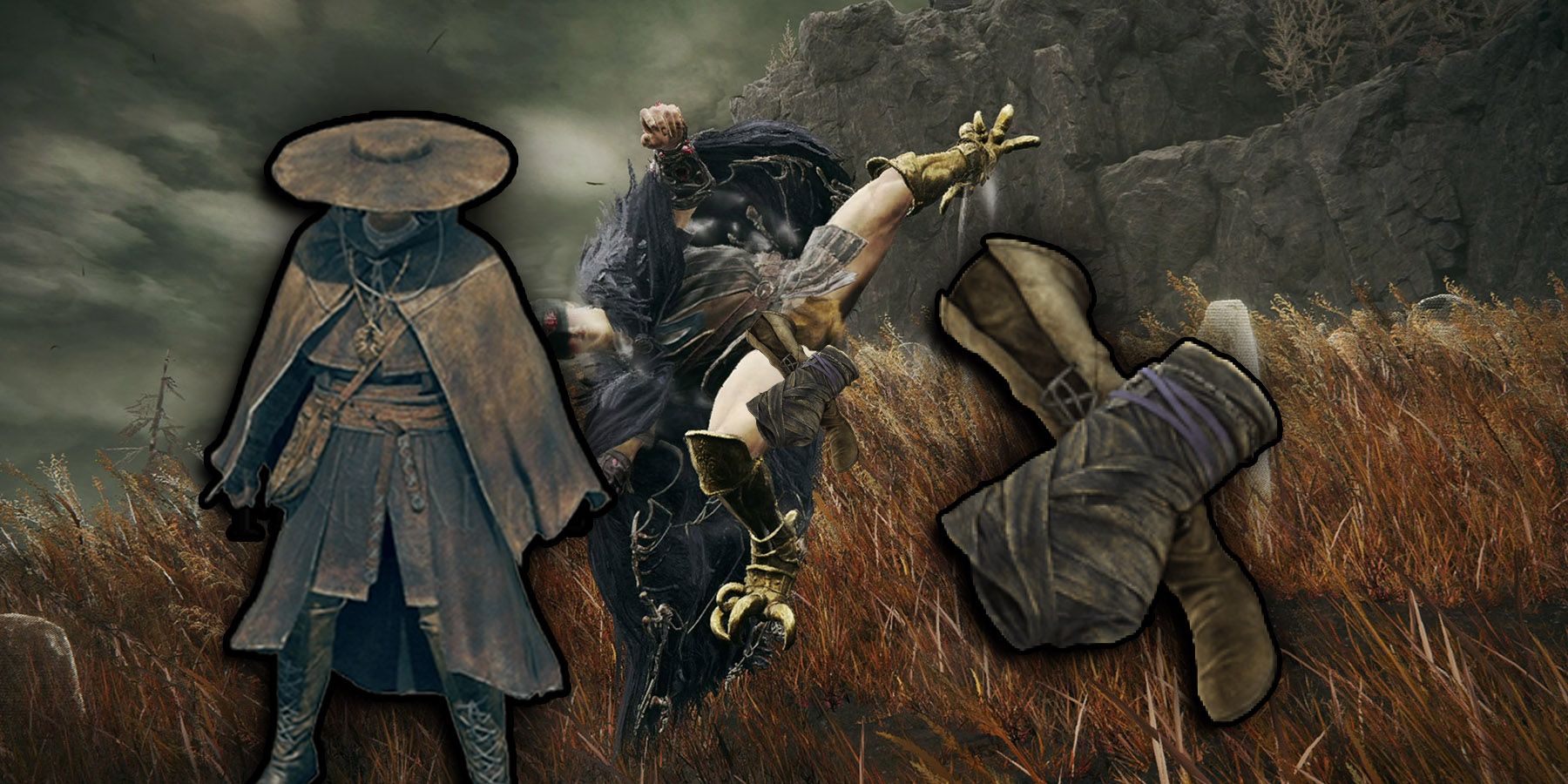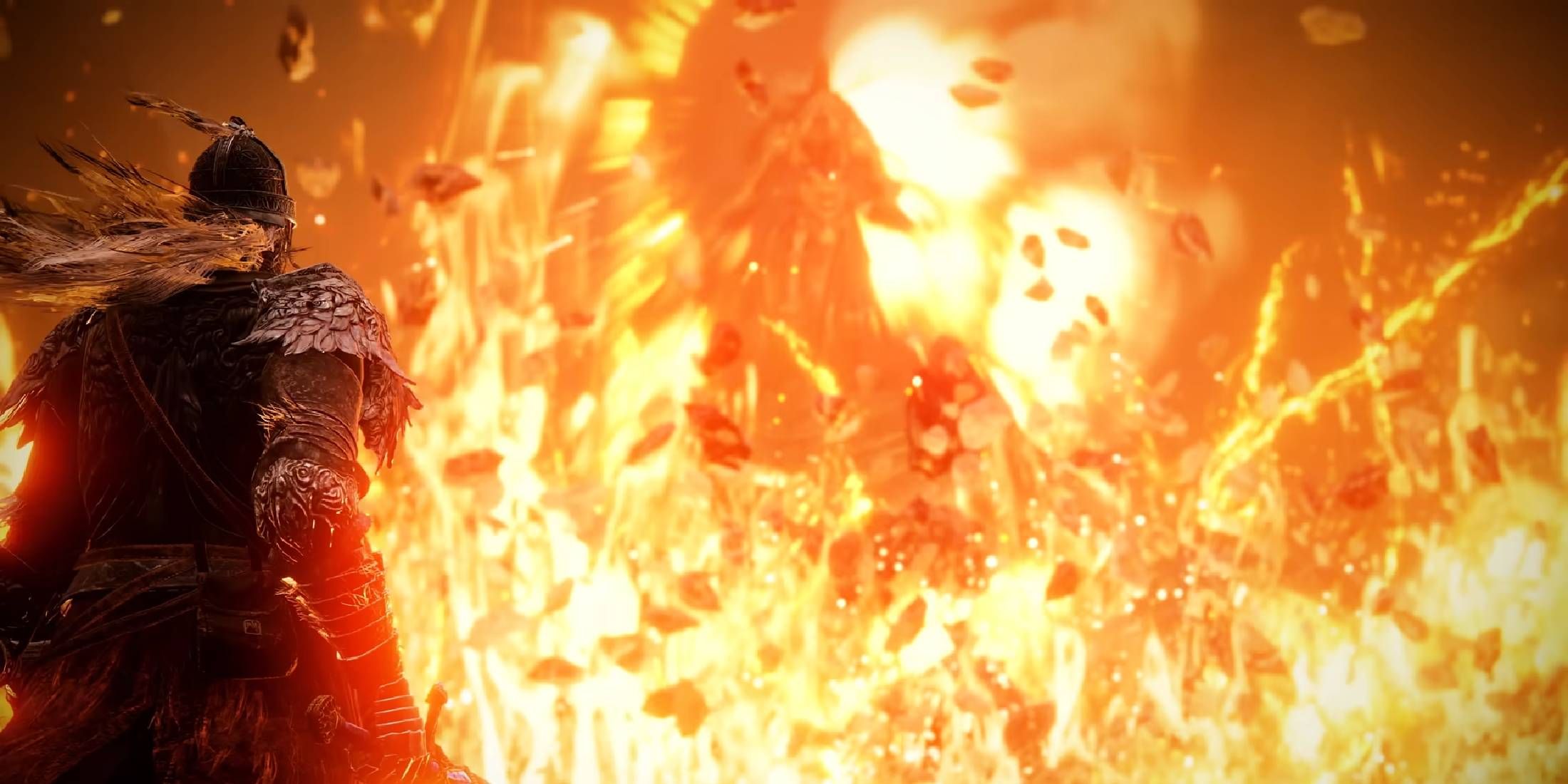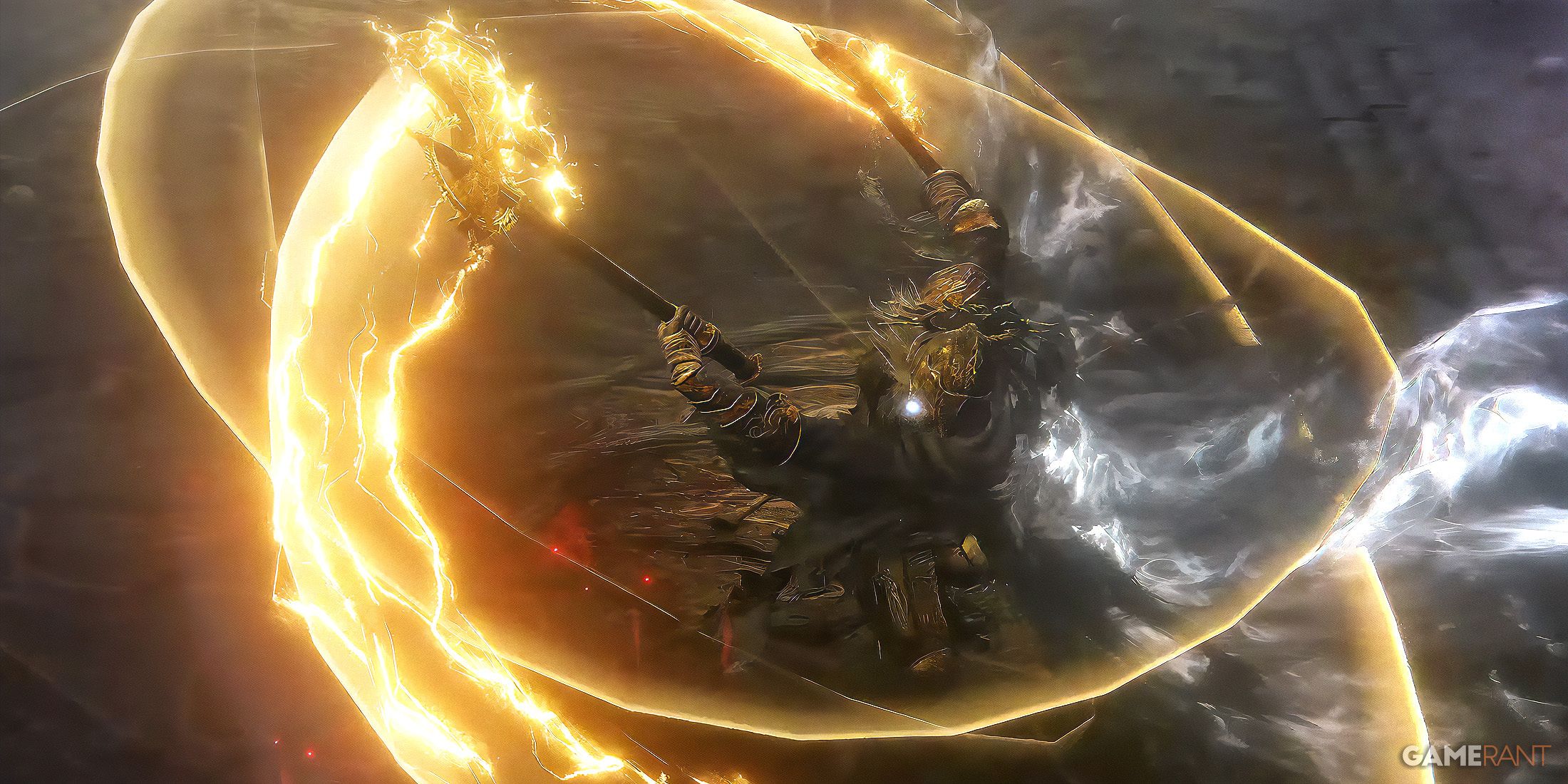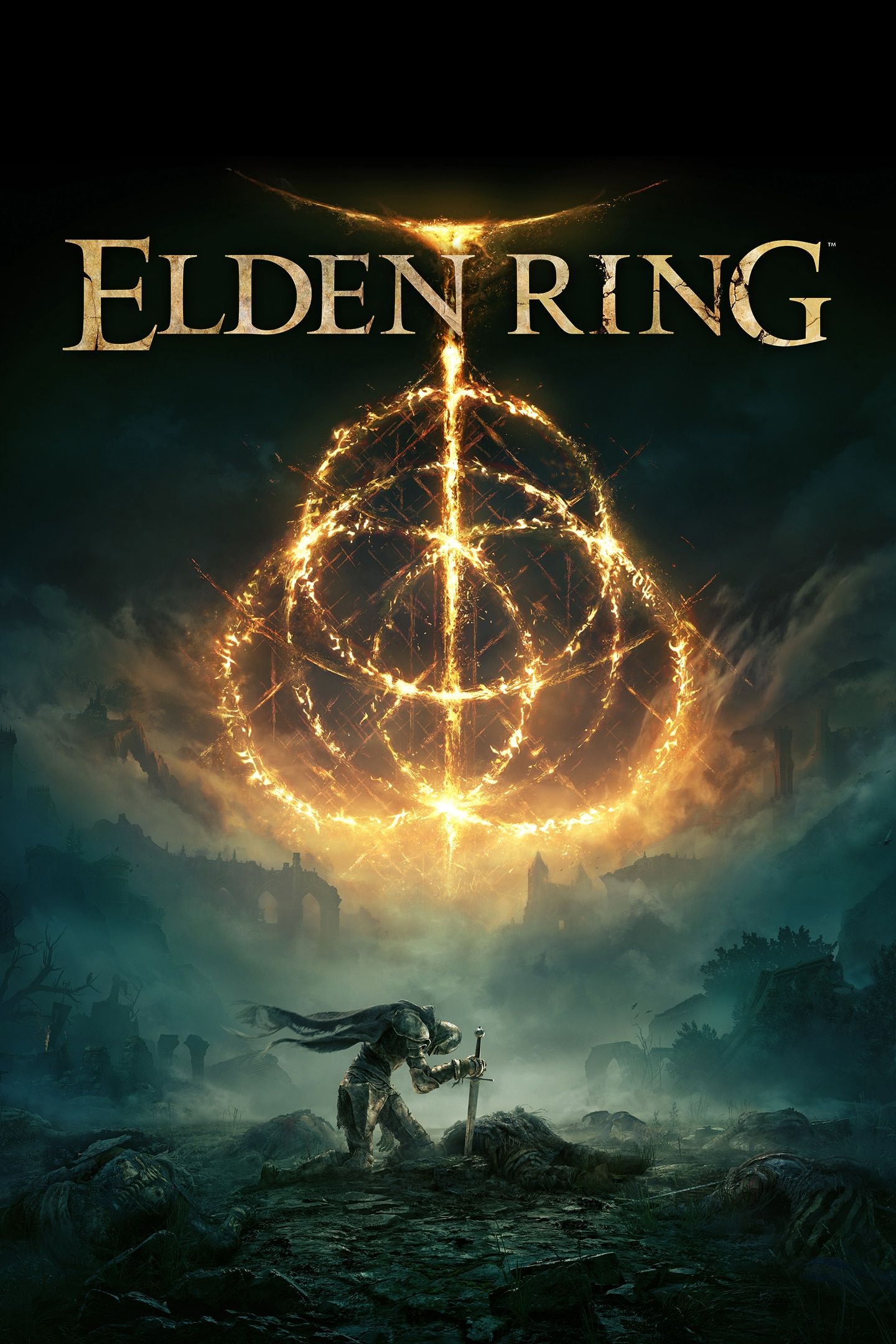Highlights
- Elden Ring has a mix of strong and weak bosses, with some self-healing mechanics.
- Elden Ring: Shadow of the Erdtree's Death Knight uses self-healing in a more balanced way.
- FromSoftware's history with self-healing bosses has been inconsistent, with some examples being well-implemented and others frustrating.
For well over a decade now, FromSoftware has been renowned for its first-class boss design. From Smough and Ornstein, to The Nameless King, to Lady Maria and a plethora in between, FromSoftware has made some of the most iconic, beloved bosses in all of gaming. But, naturally, not every FromSoftware boss can be perfect, and that's certainly the case for a handful in Elden Ring.
In its base game, Elden Ring contains over 200 bosses. For comparison, the first Dark Souls contains just 26 bosses, and that's including those in the DLC. With so many to encounter, it was expected that there would be a much wider spectrum of quality for Elden Ring's bosses, and that was largely true. While Elden Ring contains some of the best bosses in FromSoftware history, it also contains some of the weakest. This dip in quality in some areas also led to the reappearance of some of FromSoftware's more controversial gameplay mechanics, but thankfully, the recently released Elden Ring: Shadow of the Erdtree tones these mechanics back down, and its Death Knight boss is the perfect example of that.
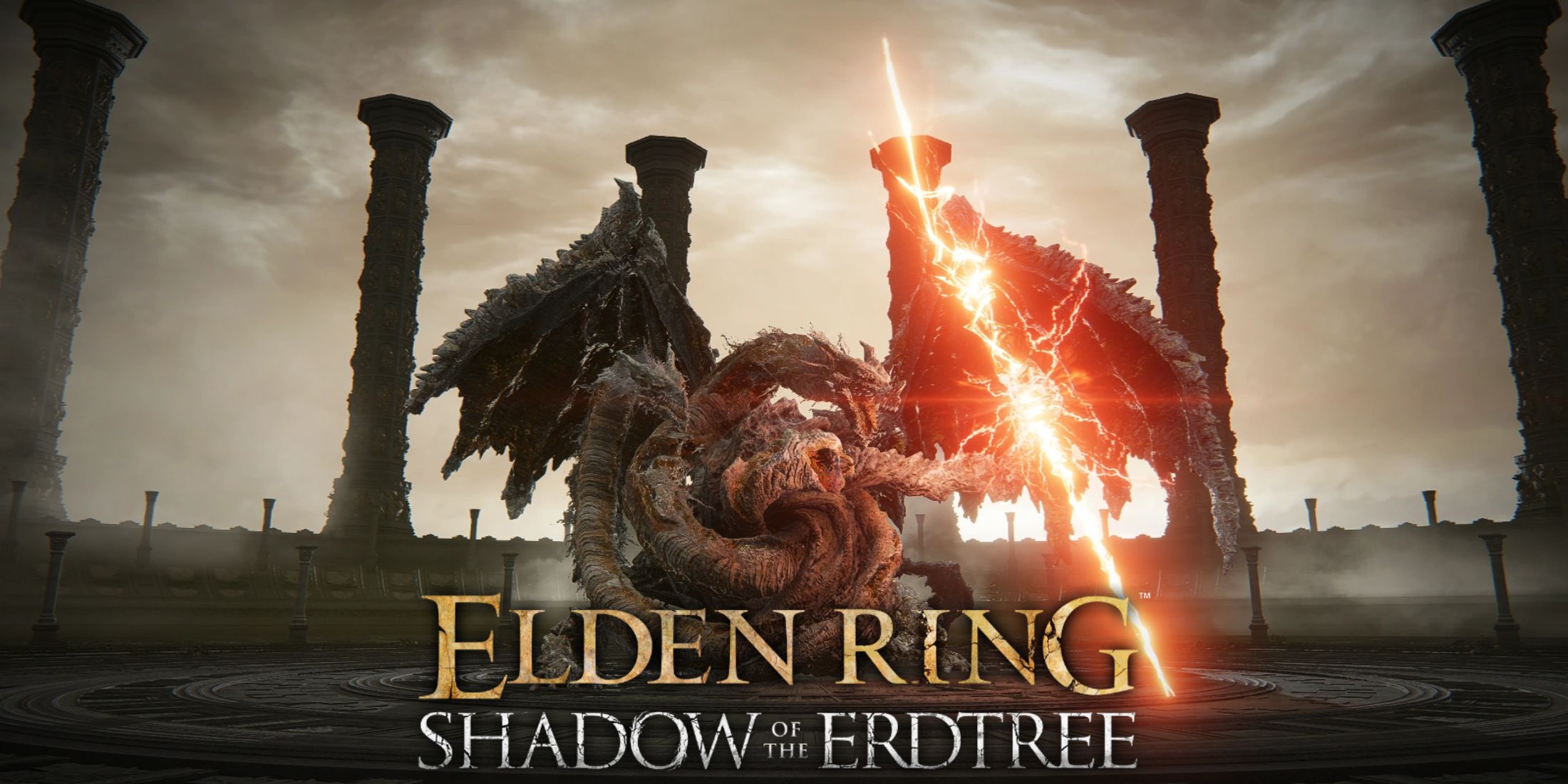
How Elden Ring: Shadow of the Erdtree's Dragons Compare to Those in the Base Game
Dragons played a major role in Elden Ring's base game, and they're back with a vengeance in Elden Ring's Shadow of the Erdtree expansion.
Elden Ring: Shadow of the Erdtree's Death Knight Proves a Controversial Boss Mechanic Can Work
FromSoftware's Controversial History With Self-Healing Bosses
One of the more controversial mechanics in FromSoftware's range of action RPGs is when a boss can self-heal mid-fight. Though this mechanic itself isn't inherently bad, FromSoftware hasn't done the best job of implementing it in previous games. One earlier example of this is in Dark Souls 2, which features multiple bosses who have some kind of self-heal mechanic, two of which require the player to destroy objects in the environment to stop the boss from healing. Both Mytha and Fume Knight are healed passively by objects in their boss arena, and if players don't destroy these objects prior to the fight, then it becomes nigh-on impossible to defeat them.
Bloodborne's Vicar Amelia can also self-heal during her boss fight, though this is a rare example of the mechanic being used well. Amelia will only start to heal if the player isn't being aggressive enough, and she can be easily staggered during her incantation, which reinforces the game's faster-paced combat. Dark Souls 3's Lorian and Lothric boss fight also uses this mechanic, though again, it's not too bad here, as players are encouraged to take out Lothric as fast as possible to prevent him from healing his brother. But even in both of these cases, this self-healing mechanic can be irritating, resetting much of the player's progress.
Elden Ring, however, features one of the more infamous versions of this controversial mechanic. During the notorious Elden Ring Malenia fight, this incredibly difficult boss self-heals every single time she lands a hit on the player, even if they've fully blocked her attack and taken no damage from the hit. Malenia is also able to life-steal from any summons the player uses, making the Mimic Tear and other helpful Spirit Ashes now actively harmful to the player. Though this mechanic encourages the player to "git gud," it's often the element of the fight that pushes players to stop trying altogether.
Shadow of the Erdtree's Death Knight Uses Self-Healing in Moderation
But Elden Ring: Shadow of the Erdtree might have just set a new standard for FromSoftware's controversial self-healing mechanic. Rather than being healed by the environment like Dark Souls 2's bosses, or healing with each hit like Elden Ring's Malenia, Shadow of the Erdtree's Death Knight only heals during the fight when he manages to land one specific attack. This special attack is heavily telegraphed, and its lengthy wind-up gives players plenty of time to dodge accordingly, meaning that if the Death Knight lands his attack it's no one's fault but the player's. Death Knight's self-healing is a great example of the mechanic being used to fairly punish the player.

